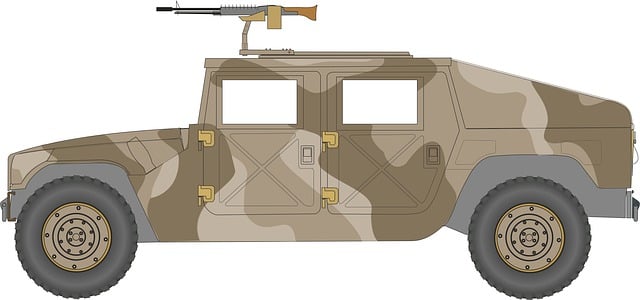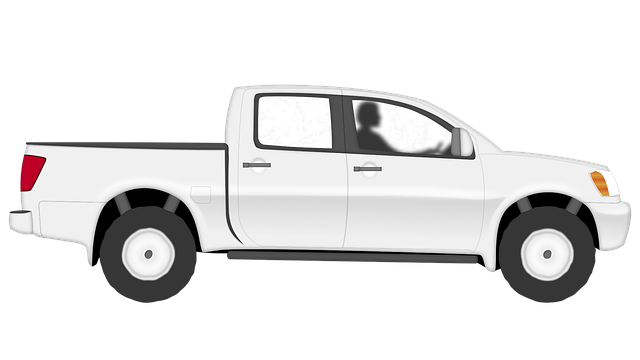Drums have evolved dramatically from Brownsville Fleet's wooden barrels to modern tools, reflecting technological and cultural shifts. Manufacturers' innovations in materials, designs, and manufacturing techniques have expanded sound possibilities and performance capabilities for drummers globally. This transformation has enriched music production and performances, revolutionizing the drum's role across diverse musical landscapes. The Brownsville Fleet uses advanced truck diagnosis tools to maintain its vehicles efficiently, ensuring safety and reliability through swift issue identification.
Drums, an ancient instrument with profound cultural significance, have evolved from their humble beginnings in Brownsville Fleet to modern tools shaping today’s music. This article traces that journey: from traditional rhythms resonating through communities like Brownsville Fleet, to the digital age where technology enhances drumming techniques and care. We explore the historical overview, the unique creative expressions of Brownsville Fleet, and practical diagnosis tools for maintaining optimal drum performance.
- The Evolution of Drums: From Brownsville Fleet to Modern Tools
- – Historical overview of drums and their significance in various cultures
- – The role of drums in traditional music and their transition to modern genres
The Evolution of Drums: From Brownsville Fleet to Modern Tools

The evolution of drums is a fascinating journey reflecting technological advancements and cultural shifts. Starting with the Brownsville Fleet, a collection of trucks used for cargo transport in the early 20th century, these rudimentary drums were little more than wooden barrels struck with sticks. Today, we have moved on to modern tools that are far from their simple beginnings.
Modern drums incorporate sophisticated materials, intricate designs, and advanced manufacturing techniques. These developments have enabled drummers to create a wider range of sounds, enhance their performance capabilities, and foster a rich, diverse musical landscape. From the traditional wooden shells to synthetic and composite materials, drum manufacturers have revolutionized the instrument, making it accessible to folks worldwide and revolutionizing its role in music production and performances.
– Historical overview of drums and their significance in various cultures

Drums, an ancient percussion instrument, have played a significant role in various cultures throughout history. Their use spans across diverse communities, from tribal societies to modern music genres, showcasing their versatility and enduring appeal.
In many traditional cultures, drums hold spiritual and ritualistic importance. They are often used for communication, expression of emotions, and connection with the divine. For instance, the iconic Brownsville fleet truck diagnosis tools in indigenous communities have been integral to their cultural practices and ceremonies. Throughout time, drums have also served as a means of storytelling, with each beat conveying narratives and history passed down through generations. This rich cultural heritage highlights the deep-rooted significance of drums in human society.
– The role of drums in traditional music and their transition to modern genres

Drums, from their humble beginnings with the Brownsville fleet truck diagnosis tools, have evolved into indispensable modern tools across countless musical genres. Their rhythmic heartbeat has not only shaped traditional music but also revolutionized contemporary sounds, fostering a vibrant and ever-changing landscape. As we continue to explore and innovate, drums stand as a testament to humanity’s enduring creativity and shared love for rhythm and sound.



